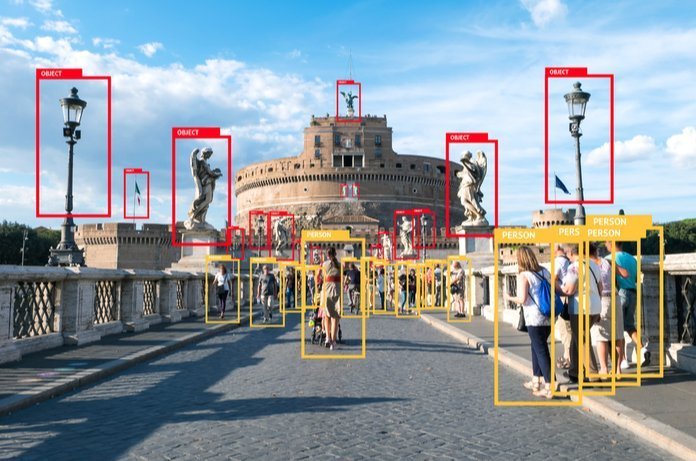According to a research from Smart Insights, there more than 3.8 million pieces of online content are posted every 60 seconds. This means every minute, there are around 3.3 million new Facebook posts, nearly half a million tweets, and 65,000 photos uploaded to Instagram.
The unprecedented amount of content makes it more difficult for marketers to keep a track of. According to the Content Marketing Institute, many companies produce so much content that they:
• Don’t know or remember everything they have
• Can’t track down content assets efficiently
• Struggle to collaborate with others involved in the process
• Aren’t leveraging existing content for reuse
These stats make it clear that we are drowning in content. Fortunately, artificial intelligence and machine learning can help us solve the content organization problem. iTMunch’s latest AI blog tells you how AI can improve your CMS and extract more value from it. Keep reading to know how.
How AI is changing digital interactions
-
Searching
A large part of Google’s millions of search queries is directed to RankBrain. RankBrain is an AI system, which is used to interpret and process the search terms. The main purpose of this AI is to understand the semantics of your search and to teach itself how to better give you the answers it thinks you want.
2. Generating Content
AI is already changing the way content is generated. For example, The Associated Press (AP) uses the Wordsmith platform for most of its corporate earnings reports. Due to this, the number of short-stories has increased from 300 human-created to over 4,400 automatically generated.
3. Designing websites
Imagine an AI that builds an entire website for you by just answering a few questions. This means you could get a well-functioning website without any kind of coding or project management. Wix is one such platform that has algorithms and rules in place for creating websites.
How AI can transform the future of content management
1. AI to improve the user experience
Marketers have already started using AI for chat and messenger bots that simulate real-time conversations with customers. This type of bots is used to deliver messaging sequences and automated conversations based on user responses. Alexa by Amazon is a conversational interface that is prompting major brands to consider how to bring voice to their products and experiences.
2. AI for automated image recognition
If you have used Google Photos, you might have noticed how good its AI has become in recognizing people and places. Along with Google, brands such as Amazon, Facebook, and Pinterest are using AI-powered image recognition to identify people and objects from images and videos.
SEE ALSO: 10 Secrets to Improve Your Email Marketing Campaign
3. Use AI for email content curation
According to 80% of marketers, personalized content is more effective than “unpersonalized” content. With AI, you can ap a subscriber’s website experience and email browsing data to understand all the individual’s interactions with your content. This information will allow the AI system to create personalized emails for your customers.
4. AI-powered customer insights
Normally, we would take an immense amount of time to crunch all the numbers and match them to customer’s behavioural patterns. However, this would not be the same with AI. AI algorithms can be used to create buyer personas based on various parameters, such as
- On-site interactions
- Referral source
- Psychographic factors
- Purchase Behaviours
- Past communication
These are a few pointers that explain how AI can be used by marketers to manage content and engage with every individual customer in a personalized and meaningful way. Keep reading iTMunch for more such AI-related blogs.






